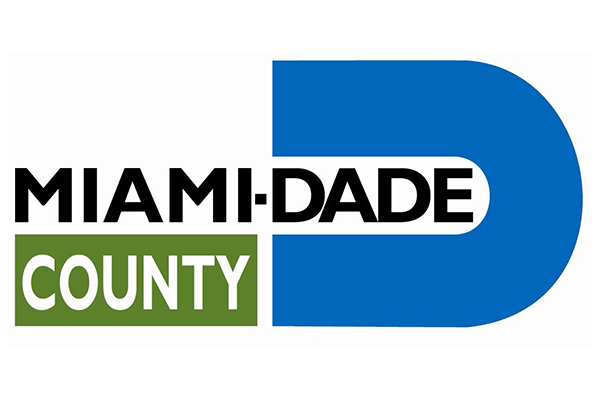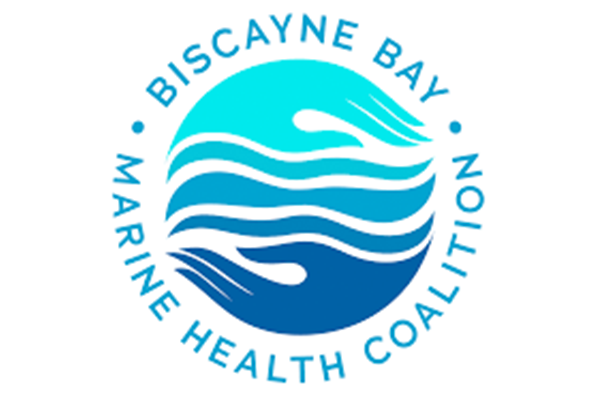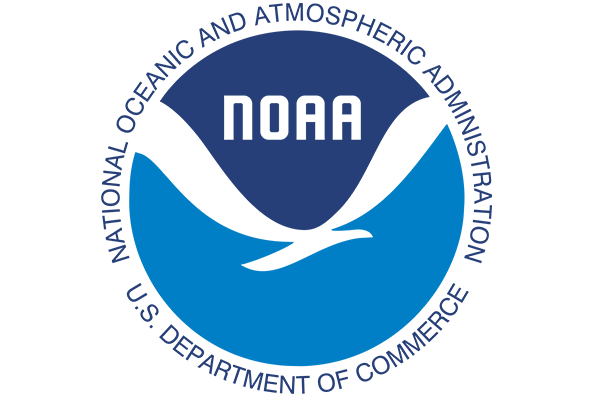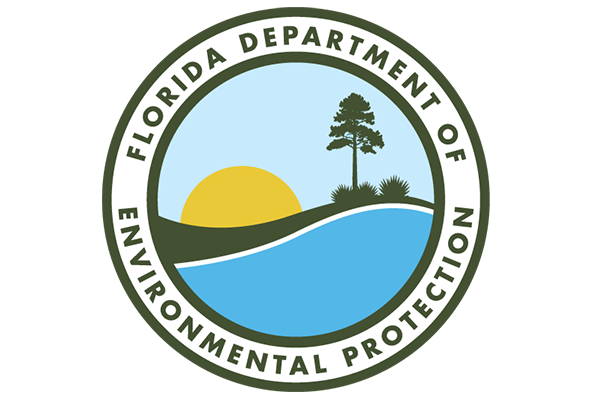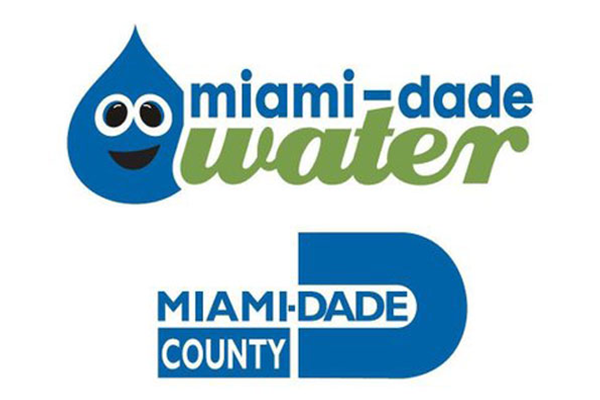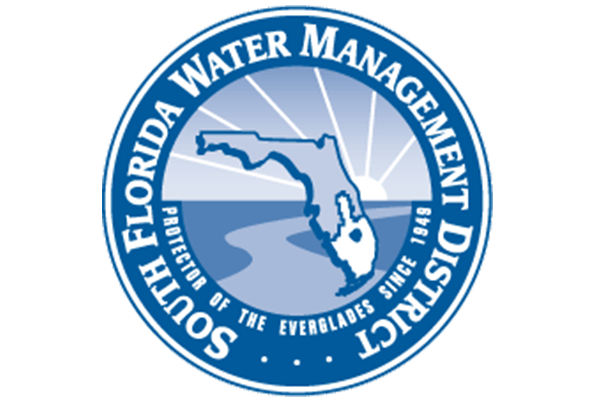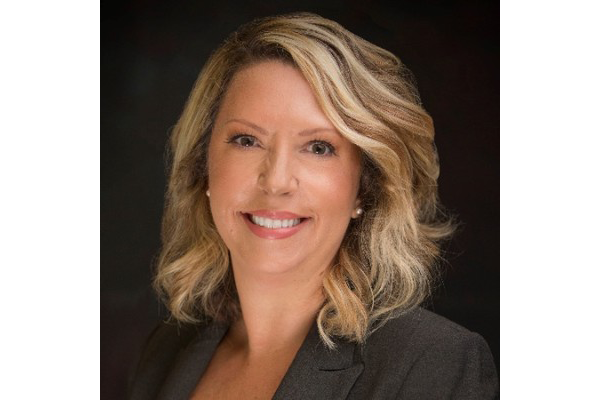The Biscayne Bay Health project — a collaboration of Institute of Environment faculty and local governments and organizations — supports research, educational outreach, and community programming to promote the protection and preservation of our beloved bay and the local economy it bolsters.
Through our institute's research, we’ve identified some of the factors leading to the degradation of Biscayne Bay water quality. In collaboration with our partners, we are implementing solutions to improve the resilience and sustainability of our beautiful bay.
2020 Fish Kills: Responding to Crisis in the Bay
Over the past few decades, pollution, rising temperatures and seagrass die-offs have all contributed to the declining health of Biscayne Bay. In mid-August 2020, the bay experienced unprecedented levels of low oxygen, resulting in massive fish kills along the coast. Reports of gray-green algae in the water followed the fish kills.
Our researchers mobilized quickly, setting out on the water to collect water quality data that could give us a hint into what could be causing the devastating phenomenon. Our institute partnered with more than a dozen organizations, including Frost Science, Miami Waterkeeper and SeaKeepers, to respond to the emergency.
Together, we began aerating the water, a temporary measure to help oxygen levels to increase across the bay. Our algae experts identified the reported algae as nontoxic, but still advised against bathing in the water. Weeks after the first reports of thousands of dying fish, the bay appeared to be catching a break, with water clearing up and oxygen levels improving.
The fight for Biscayne Bay's health is far from over.
Our scientists will continue to respond and monitor the waterway's condition, striving for long-term solutions to bring the bay back to the healthy, thriving place it once was.
Stay up-to-date with our findings by following our real-time buoy data. (View the buoys' location)
WPLG Local 10 hosted a prime-time special on the crisis in Biscayne Bay, followed by a town hall with our researchers and WPLG's Louis Aguirre.
We held an expert panel on Aug. 22 to update the public on the response to the Biscayne Bay fish kills.
Easy Ways to Help Save Biscayne Bay
Eliminate or Reduce Fertilizer Use: Fertilizers run off into our waterways, contaminating Biscayne Bay with excess phosphorus and nitrogen. Try not to use fertilizer, or choose fertilizers with slow-release nitrogen and little to no phosphorus.
Plant Native: Plants that are naturally adapted to South Florida require little maintenance and less fertilizer, and they filter water as it goes into the ground. They help support native insects and animals that help with pest control. Try landscaping with plants like Bougainvillea* or Rain Lily.
Pick Up Waste and Inspect Septic Tanks: Things like pet waste, yard clippings and single-use plastics are extremely hurtful to the health of the bay and the ocean. Pick up your pet’s waste and try composting your landscaping debris. Have your septic tanks inspected – the waste from these tanks pollutes the bay.
Read Product Labels: Choose detergents and household cleaners that are low in phosphates and nitrogen.
Capture Motor Oil: Dispose of motor oil and engine coolant properly by taking it to an appropriate disposal site. Don’t let oil run off onto your driveway or yard. Never dispose of oil in storm drains or in your sink.
Reduce, Reuse, Recycle: Cut back on plastic consumption and reuse items when possible. Plastics and other nonrecyclable products often end up in our waterways, threatening marine life and our precious water resources.
*Bougainvillea are not native to Florida, but are naturally well-adapted to the South Florida landscape and are a great source for filtering water and reducing runoff.
Ongoing Research
Experts on Biscayne Bay
Media seeking interviews should contact the Marketing & Communications Team.
Student Experts
- Andria Beal, PhD Student, Biological Sciences
- Benjamin Binder, PhD Student, Biological Sciences
- Marbelys Garriga, PhD Student, Biological Sciences
- Carissa Gervasi, PhD Candidate, Biological Sciences
Our Partners for Biscayne Bay
We can't fight for the survival of Biscayne Bay alone. Below are a list of our partners who help us better coordinate monitoring efforts in the Bay and work with us to hone in on challenges and come up with solutions for Biscayne Bay.

Support Our Work
Your support allows us to join hands with the community in responding to the challenges faced by Biscayne Bay and ecosystems around the world.

